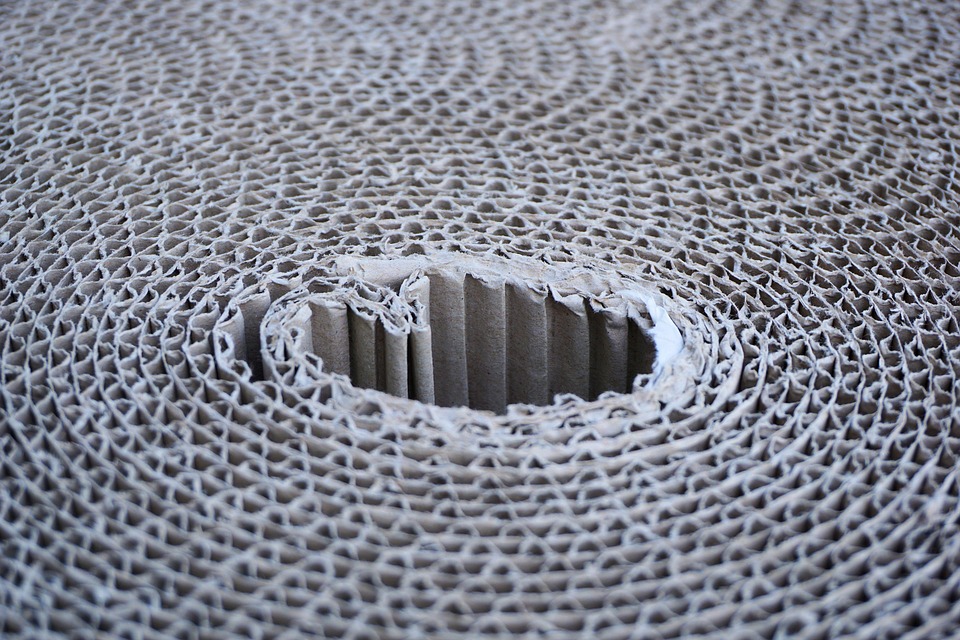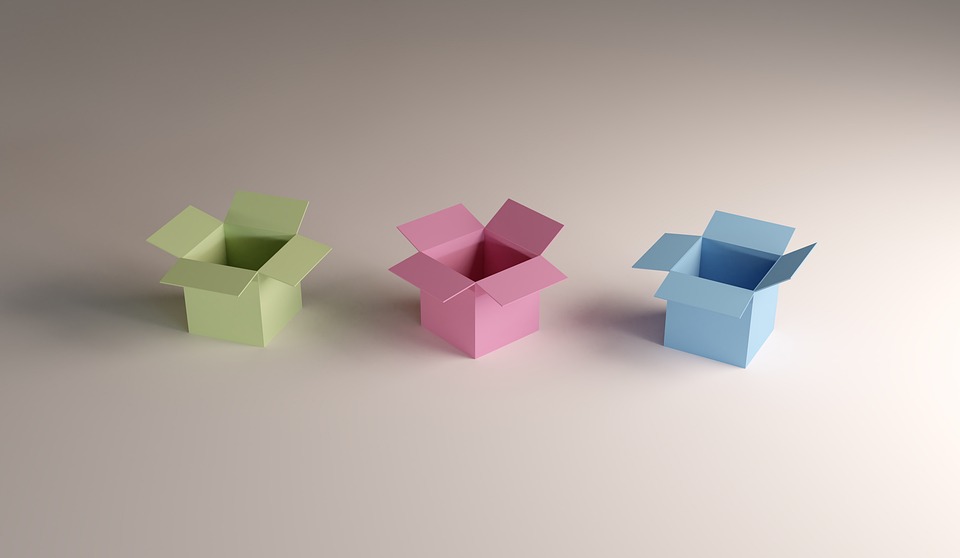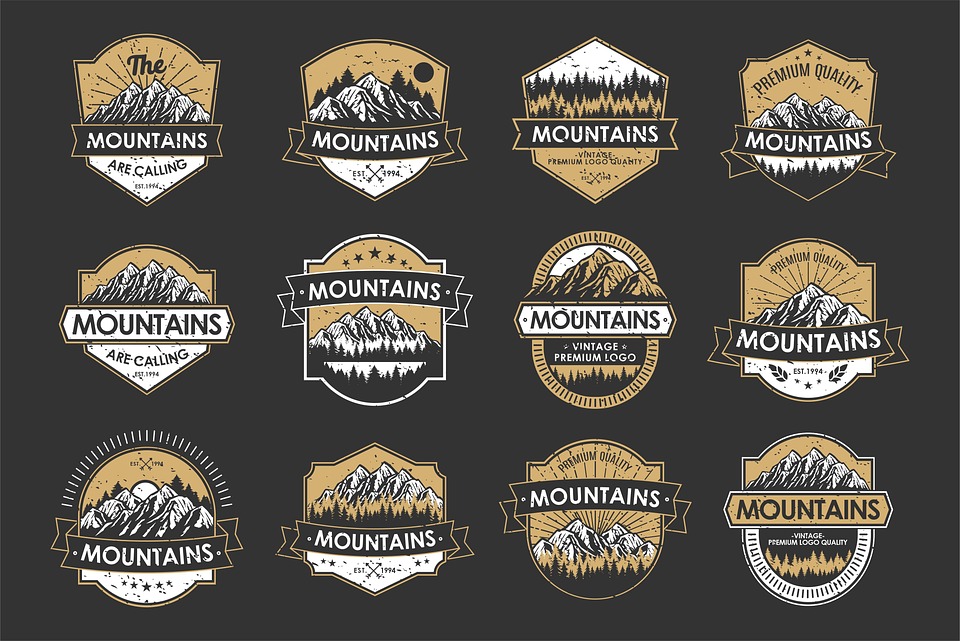The Future of Packaging: Sustainable Solutions for a Greener Tomorrow
The world is facing an unprecedented environmental crisis, with the alarming rate of plastic waste, pollution, and climate change threatening the very survival of our planet. The packaging industry, in particular, has been identified as a major contributor to these problems, with millions of tons of plastic packaging waste generated every year. In response, the packaging industry is shifting towards sustainable solutions that not only reduce waste but also promote eco-friendly practices. In this article, we will explore the future of packaging and the sustainable solutions that will shape a greener tomorrow.
The Problem with Traditional Packaging
Traditional packaging materials, such as single-use plastics, are responsible for a significant portion of the world’s waste and pollution. Plastic packaging accounts for over 40% of all municipal solid waste, with the majority ending up in landfills, oceans, or other natural environments. The production process for traditional packaging also requires significant amounts of fossil fuels, water, and energy, exacerbating climate change.
The Rise of Sustainable Packaging Solutions
Fortunately, the packaging industry is undergoing a revolution, with innovative companies and consumers alike driving the adoption of sustainable packaging solutions. Some of the key trends shaping the future of packaging include:
- Biodegradable Packaging: Made from natural materials like cornstarch, sugarcane, or potato starch, biodegradable packaging is a more environmentally friendly alternative to traditional plastics.
- Recycled Content Packaging: Using recycled materials reduces waste and conserves natural resources. The use of recycled plastics, cardboard, and glass is becoming increasingly popular.
- Compostable Packaging: Compostable packaging, such as certified compostable plastics, breaks down naturally in the environment, reducing the amount of waste sent to landfills and oceans.
- Reusable Packaging: Reusable packaging, such as glass jars, stainless steel containers, and cloth bags, eliminates the need for single-use packaging materials.
- Circular Economy Packaging: Circular economy packaging focuses on designing packaging systems that are restorative and regenerative, keeping materials in use for as long as possible and recovering them at the end of their life.
Innovative Sustainable Packaging Solutions
Several companies are pushing the boundaries of sustainable packaging, introducing innovative solutions that minimize waste and promote eco-friendly practices. Some examples include:
- EcoPure: A biodegradable and compostable packaging material made from cornstarch, EcoPure is a non-toxic and non-petroleum-based alternative to traditional plastics.
- Molded Fiber: Molded fiber packaging, made from natural fibers like bamboo or sugarcane, is a sustainable and compostable alternative to traditional plastics.
- Ooho: Ooho, a startup company, has developed an edible and biodegradable packaging solution made from seaweed, reducing the need for plastic wrappers and containers.
- Edible Cutlery: Edible cutlery, made from natural ingredients like cornflour, wheat flour, and other biodegradable materials, is a compostable alternative to traditional plastic cutlery.
The Future of Packaging: Challenges and Opportunities
While sustainable packaging solutions hold great promise, there are challenges that must be addressed to ensure their widespread adoption. Some of the key challenges include:
- Cost: Sustainable packaging solutions often come at a higher cost than traditional packaging materials, making them less competitive in the market.
- Scalability: Many sustainable packaging solutions are still in the development phase, requiring significant investment and scaling up to meet the demand of large-scale consumers.
- Regulation: Government regulations and standards for sustainable packaging are still evolving, requiring industry stakeholders to work together to develop common guidelines and standards.
Despite these challenges, the future of packaging holds significant opportunities for innovation, growth, and sustainability. As consumers become increasingly aware of the environmental impact of packaging, companies that prioritize sustainable solutions will be better positioned to thrive in a greener tomorrow.
Conclusion
The packaging industry is at a critical juncture, with the need for sustainable solutions driving innovation and change. By embracing biodegradable, recycled, compostable, reusable, and circular economy packaging, companies can reduce waste, conserve natural resources, and promote eco-friendly practices. As the packaging industry continues to evolve, it is essential to prioritize innovation, collaboration, and regulation to ensure a sustainable and environmentally responsible future. The future of packaging is bright, and the time is now to shape a greener tomorrow.
#Future #Packaging #Sustainable #Solutions #Greener #Tomorrow





**mindvault**
mindvault is a premium cognitive support formula created for adults 45+. It’s thoughtfully designed to help maintain clear thinking
Aus dem ursprünglichen Interesse an traditionellen Glücksspielen und Poker entstand ein Startup, das heute ein erfolgreiches Unternehmen im Glücksspiel-Bereich ist.
Der Zug bietet ebenfalls eine angenehme Alternative – ICEs rollen direkt von Städten wie Frankfurt oder Mannheim nach
Basel SBB. Über 355 Glücksspielautomaten gibt es im
kleinen Spiel, dazu zählen auch Jackpot-Automaten.
Die Angebote und der Eventkalender stehen online auf der Webseite des Grand Casino
Basel, wo Sie eine Übersicht über alle anstehenden Veranstaltungen und Aktionen einsehen können. Die Bar in elegantem weissem Dekor finden Sie direkt am Spielbereich, damit Sie auch bei einer Erfrischung dem Spielgeschehen weiter folgen können. Obwohl das Grand Casino ein edles Ambiente bietet, besteht dennoch keine strenge Kleiderordnung,
wie etwa Abendgarderobe. Möchten Sie die Programmvorschau des
Stadtcasino Basel monatlich per Newsletter erhalten?
References:
https://online-spielhallen.de/ihre-einfache-schritte-zum-izzi-casino-login/
Das Platincasino gilt schon seit Jahren als einer der größten Akteure im Glücksspielbereich und
wurde bereits 2013 gegründet. Für Besucher von Automatenspielen gibt es jedoch, exklusiv über den Link zum
Casino, 150 Freispiele als besonderes Angebot.
Da das Pinocasino in Deutschland noch neu auf dem Markt ist, sind
bisher nur wenige öffentliche Meinungen über den Anbieter vorhanden. Hier
finden Sie eine Vielzahl von bekannten Software-Entwicklern wie Play’n GO, NetEnt, Pragmatic Play, Microgaming, Push Gaming oder
Yggdrasil, die all ihre bekanntesten Slots und Tischspiele anbieten.
Eine solche Lizenz hatte bis Oktober 2020 jedoch kein Anbieter erhalten. Wer sich auf einen baldigen Abschluss gefreut hat, wird sich
in Geduld üben müssen. Denn bevor in den ausgesetzten Verfahren wieder Bewegung kommt, wird auch der Bundesgerichtshof eine
erneute Bewertung vornehmen müssen. Ein Schelm,
wer Böses dabei denkt – aber wer unterstellt, dass dieses Verfahren eher den Interessen der Glücksspielanbieter dient als den Interessen der Verbraucher, hätte
zumindest Indizien auf seiner Seite. Warum er als angeblicher Verbraucheranwalt ausgerechnet in einem Land klagt,
dessen Glücksspielgesetze weithin als industriefreundlich
gelten, und nicht etwa in Deutschland, wo die Erfolgsaussichten für Verbraucher derzeit überaus günstig sind, bleibt offen.
Online Betreiber, die eine MGA Casino Lizenz erhalten möchten, müssen strenge Voraussetzungen erfüllen. Das
ist wichtig, um die hohen Sicherheitsstandards in einem Casino mit MGA Lizenz aufrechtzuerhalten. Nur so lässt sich ein Identitätsmissbrauch ordentlich vorbeugen. Unter anderem müssen die Malta Casinos online
einen Nachweis dazu bringen, dass die Spielerdaten stets gewissenhaft geprüft wurden. Somit müssen Malta Casinos sämtliche
Vorkehrungen treffen, um Geldwäsche vorzubeugen.
References:
https://online-spielhallen.de/betano-casino-bonus-code-ihr-schlussel-zum-spielerlebnis/
Traditional table games bring the authentic casino feel straight to your screen.
Crypto casinos get higher ranking as they offer the fastest,
most secure payment methods Australians can use.
When a casino lays everything out plainly and treats bonuses as an actual perk —
not a trap — it earns a higher spot on our list. Payout times are equally impressive, with most delivered in minutes,
making CrownGold one of the fastest withdrawal casinos.
We do love the pokies selection here, but this Australian casino online site
is anything but a one-trick pony. Aussies can switch between classic table games, live dealer options,
and newer specialty games like Crash and Plinko.
Recognizing when gambling has become an issue is essential, such as when it is
no longer enjoyable, causing stress, or when there is a compulsion to continue gambling despite wanting
to stop. Help is available if you or someone you know is grappling with a gambling problem.
Early intervention can prevent compulsive gambling from becoming worse and aid in long-term recovery.
If you find yourself unable to adhere to these limits or if gambling is causing stress or financial problems, it’s important to
seek professional help early. Responsible gambling involves setting clear boundaries and knowing when it’s
time to quit. Browser-based mobile play is the perfect solution for those who prefer not to download apps.
References:
https://blackcoin.co/roll-xo-online-casino-official-site-with-pokies-and-games/
In addition to traditional deposit methods, LevelUp Casino supports e-wallets such as PayPal
and Skrill. Whether you’re making a deposit to start your
gaming journey or withdrawing your winnings, LevelUp Casino ensures that the process
is smooth, secure, and quick. Whether you’re at home, commuting,
or traveling, you can enjoy the same high-quality
gaming experience on your mobile device as you would on a desktop.
The mobile interface is user-friendly, and the games load quickly, allowing you to jump right into the action.
Whether you’re looking for classic fruit machines or the latest
video slots with cutting-edge graphics, LevelUp Casino provides a broad selection that
caters to every type of player.
Enjoy the most elegant and player-friendly version of roulette.
With over 3,000 titles from leading software providers, LevelUp Casino offers a gaming library that caters to every taste.
Owned and operated by Dama N.V., this casino operates under a legitimate Curaçao
eGaming license, ensuring a safe and regulated gaming environment.
The platform’s extensive game selection stands out as its primary strength, with over 5,000 titles providing
virtually unlimited entertainment options. The Curaçao licensing framework
requires adherence to specific operational standards, financial requirements,
and player protection measures.
References:
https://blackcoin.co/bizzo-casino-australia-review/
Facebook marketplace then provides you with a shipping label complete with the home address of
the buyer. Once you’ve sold an item, you’ll receive a notification from Facebook that you have items
to ship. Using a prepaid shipping label from the marketplace is typically easier than creating your own shipping label because Facebook will provide
the shipping label for you. The item could be shipped through FedEx, UPS, USPS, or another shipping provider.
You’ll want to choose the shipping method
that makes sense for you based on the shipping carriers you prefer
to use and how you want to present the shipping costs to your buyers.
You can sell items that you find at yard sales, or even household items that you no longer
use around your own home.
He’d been running a dodgy scrap metal business,
and used fire bombings to scare clients to sell him scrap metal at
a cheaper price. The infamous mobster was arrested numerous times;
he’d been convicted for everything from criminal mischief to assault.
To start things off- he assaulted Victoria Gotti, who is the daughter of
John Gotti.
References:
https://blackcoin.co/rocketplay-casino-user-reviews-2911/
We only recommend sites which are proven to be fair and safe.
We evaluate the deposit and withdrawal methods and limits, and
uncover any hidden conditions. If we recommend a casino to you,
rest assured you’ll be able to withdraw your winnings with ease.
Most Australian mobile online casinos now have a working
mobile site. The most sought-after bonus in Australia is a no-deposit bonus, which lets you play games for
free without spending your own money. This is because Virtual casinos are more
convenient, offer more variety, and provide better bonuses.
When Australian players choose between online and
land-based casinos, they often prefer online ones. You can enjoy a variety of gambling games and great bonuses every time you log in. Our goal
is to connect you with the best online casino Australia real money has to offer.
References:
https://blackcoin.co/real-money-online-slots-in-australia-2025/
usa casino online paypal
References:
thesecurityexchange.com
online american casinos that accept paypal
References:
assamwork.com
online casino paypal
References:
careers.simplytech.co.za
online casino real money paypal
References:
generaljob.gr
us poker sites that accept paypal
References:
http://www.securityprofinder.com
casinos online paypal
References:
jobboat.co.uk